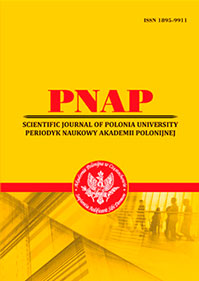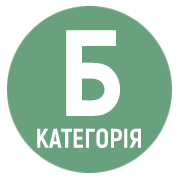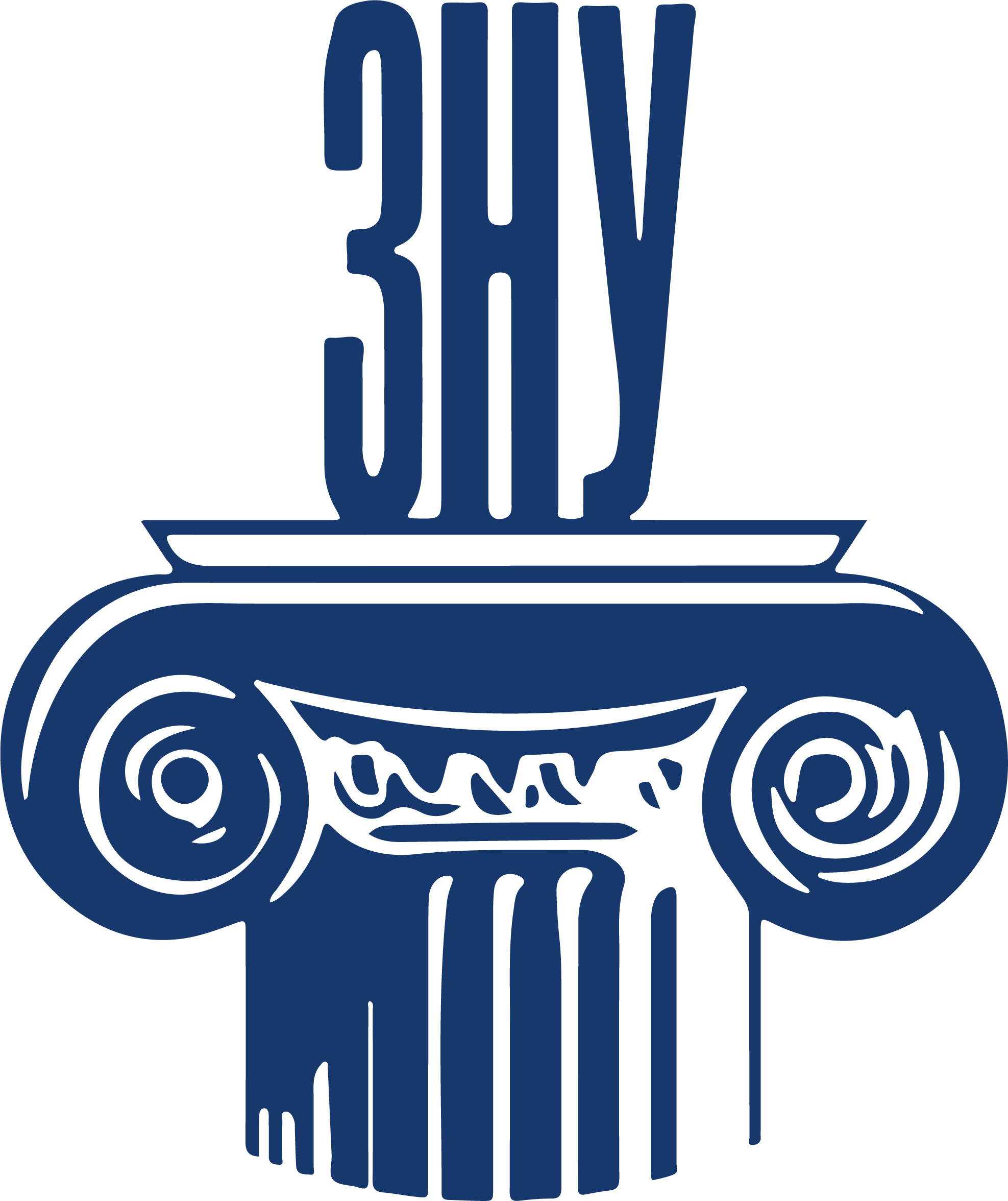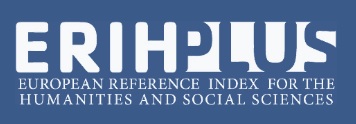THE IMPACT OF ENGLISH NEOLOGISMS ON MODERN LANGUAGE USE IN DIGITAL MEDIA
Abstract
In today’s world, globalisation and the rapid development of digital technologies have a significant impact on the language environment, contributing to the spread of the English language. One of the notable manifestations of this process is the active penetration of English neologisms into the language use of other nations, in particular through digital media. The article is devoted to the analysis of the influence of English neologisms on the modern use of language in the context of digital communication.The article deals with the phenomenon of English neologisms, their definition, peculiarities and reasons for their spread. In particular, attention is paid to the key role of social media and online newspapers in the formation and popularisation of new linguistic units. The author explains how English-language content, including memes, hashtags, and slang, influences the language culture of other countries.The influence of English neologisms on the Ukrainian language is studied on the basis of the Ukrainian Internet publication «Dzerkalo Tyzhnia». The processes of adaptation of English neologisms in the linguistic environment, including their phonetic, spelling and semantic transformations, are considered. The main areas of use of English neologisms in the Ukrainian language are: the language of the media (newspapers, magazines); economics and business; socio-political life; science and technology; everyday life).On the basis of the sample of the online newspapers «Dzerkalo Tyzhnia» for 2025, the main thematic groups of English neologisms in the Ukrainian language are identified and analysed: war; economy, politics; everyday life; scientific and technical sphere.The positive and negative aspects of the influence of English neologisms on the Ukrainian language are highlighted. The positive aspects include enrichment of the vocabulary, development of language dynamics and rapid response to innovations. Negative aspects are presented through the threat to linguistic identity, the displacement of specifically Ukrainian words by analogues of neologisms and borrowings, which also complicates the understanding of new developments among different generations.The author emphasises the importance of preserving the national linguistic uniqueness and the balanced use of neologisms in the Ukrainian language, especially in the field of digital media.
References
2. Вальчук Г. С. Лінгвокультурні та лексико-семантичні особливості неологізмів англомовних медійних текстів у перекладацькому аспекті : магістерська робота; Національний технічний університет України «Київський політехнічний інститут імені Ігоря Сікорського», 2020. 121 с.
3. Ванівська О. М., Пуга О. О. Вживання неологізмів у сучасному медійному політичному дискурсі. Науковий вісник Міжнародного гуманітарного університету. Серія «Філологія». 2020. № 46. Т. 1. С. 66–70.
4. Глазова О. П. Вивчення в школі неологізмів. URL: http://elibrary.kubg.edu.ua/id/eprint/2653/1/O_Glazova_MD_10_IPPO.pdf (дата звернення: 25.01.2025).
5. Дмитренко О., Кохан С. Вплив англіцизмів на сучасний український молодіжний сленг. Лінгвістичні студії. 2020. Вип. 40 (2). С. 49–56.
6. Єльнікова Н. І. Медіатекст як об’єкт лінгвістичних досліджень. 22-й Міжнародний молодіжний форум «Радіоелектроніка та молодь у ХХІ столітті : зб. матеріалів форума. Т. 11. Харків : ХНУРЕ, 2018. С. 33–34.
7. Заводна Л. М. Сучасний погляд на молодіжний сленг. Нова педагогічна думка : науково-методичний журнал. 2014. № 1. С. 52–55.
8. Капелюшний А. О. Практична стилістика української мови : навчальний посібник. 2-ге вид., перероб. Львів : ПА, 2007. 400 с.
9. Кухтик М. Особливості вживання англіцизмів як стилістичних фігур якості в сучасній українськомовній пресі. Наукові доробки студентів Інституту Філології. Лінгвістика. 2019. Т. 2. URL: https://ndsif.kubg.edu.ua/index.php/journal/article/view/40 (дата звернення: 25.01.2025).
10. Павелків К. Вплив англіцизмів на сучасну українську мову: сфери проникнення. Актуальні питання гуманітарних наук. Мовознавство. Літературознавство. 2023. Вип. 63, Т. 2, С. 125–130.
11. Петришин О. Л. Новітні англомовні запозичення як засіб міжкультурної комунікації. Young Scientist. 2018. № 3.1 (55.1). URL: http://molodyvcheny.in.ua/files/journal/2018/3.1/33.pdf (дата звернення: 25.01.2025).
12. Пономарів О. Д. Стилістика сучасної української мови : підручник. 3-тє вид., перероб. і доповн. Тернопіль : Богдан, 2000. 248 с.
13. Скиба Н. Медіатекст як інструмент у навчанні української мови як іноземної. Studia ukrainica posnaniensia. 2015. Вип. 3. С. 289–293.
14. Стишов О. А. Українська лексика кінця ХХ століття (На матеріалі мови засобів масової інформації). 2-ге вид., переробл. Київ : Пугач, 2005. 388 с.
15. Шинкар Т. С., Левченко Т. М., Чубань Т. В. Функціонування англіцизмів у мові сучасних українських масмедіа: лінгвоекологічний аспект. Закарпатські філологічні студії. 2022. Вип. 25. Т. 1. С. 66–71.
16. Voyant Tools : веб-сайт. URL: https://voyanttools.org/ (дата звернення: 25.01.2025).
17. Дзеркало тижня : веб-сайт. URL: https://zn.ua/ (дата звернення: 25.01.2025).
 ISSN
ISSN 


.png)



